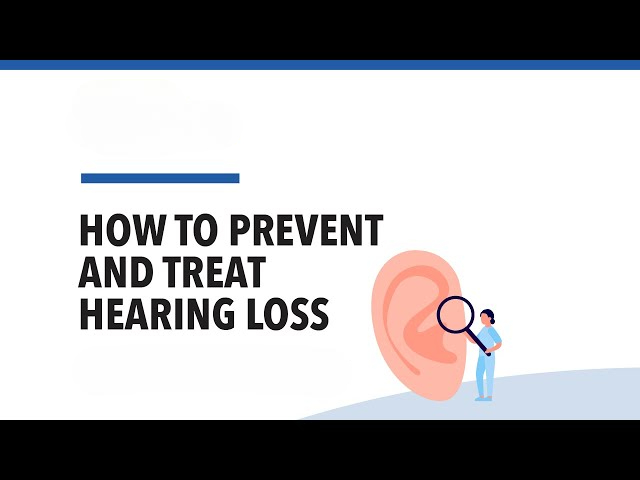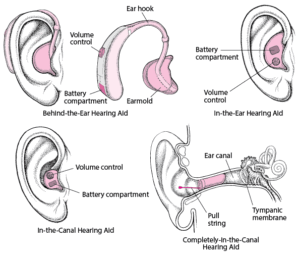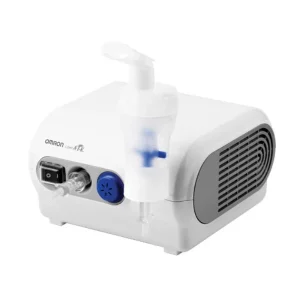Hearing Loss: Definition, Function, Prevention, and Treatment
July 30, 2024 2024-08-16 11:06Hearing Loss: Definition, Function, Prevention, and Treatment

Hearing Loss: Definition, Function, Prevention, and Treatment
Hearing loss is a common condition that can affect people of all ages. It ranges from mild to profound and can significantly impact an individual’s ability to communicate and engage with their environment. Understanding hearing loss, its function, prevention strategies, and available treatment options is essential for maintaining auditory health and overall well-being. This article provides a comprehensive overview of these aspects in the context of hearing loss.
Definition of Hearing Loss
It refers to the partial or complete inability to hear sounds in one or both ears. It can be categorized based on severity (mild, moderate, severe, or profound) and the part of the auditory system affected (conductive, sensorineural, or mixed hearing loss).
Prevention of Hearing Loss
Preventing hearing loss involves proactive measures to protect the ears from damage and addressing potential risk factors early. Here are key strategies for preventing hearing loss:
- Protect Your Ears from Loud Noises:
- Use Ear Protection: Wear earplugs or earmuffs in noisy environments, such as concerts, construction sites, or when using loud machinery. Custom-fitted earplugs offer better protection and comfort.
- Limit Exposure: Avoid prolonged exposure to loud sounds and take regular breaks from noisy environments to give your ears a rest. Reducing the duration of exposure can significantly lower the risk of noise-induced hearing loss.
- Volume Control: Keep the volume at a safe level when using headphones or earbuds. Follow the 60/60 rule—listen at no more than 60% volume for no more than 60 minutes at a time. This helps prevent damage from sustained loud volumes.
- Maintain Healthy Lifestyle Habits:
- Avoid Ototoxic Substances: Be aware of medications that can damage hearing (ototoxic drugs) and discuss alternatives with your healthcare provider if necessary. Common ototoxic drugs include certain antibiotics, chemotherapy agents, and diuretics.
- Quit Smoking: Smoking can increase the risk of hearing loss, so quitting can help protect your ears. Smoking reduces blood flow to the inner ear, which can impair auditory function.
- Healthy Diet: A balanced diet rich in vitamins and minerals can support ear health. Nutrients such as magnesium, potassium, zinc, and folic acid are particularly beneficial. Consuming foods like fruits, vegetables, nuts, and whole grains can provide these essential nutrients.
- Regular Hearing Check-Ups:
- Annual Screenings: Regular hearing tests can help detect hearing loss early, allowing for timely intervention. Early detection is crucial for managing effectively.
- Monitor Changes: Be alert to any changes in your hearing and seek professional advice if you notice difficulties in hearing conversations, ringing in the ears (tinnitus), or other auditory issues. Regular check-ups can identify changes before they become severe.
- Ear Hygiene:
- Proper Cleaning: Clean your ears gently and avoid inserting objects like cotton swabs that can push wax deeper into the ear canal or cause injury. Use a damp cloth to clean the outer ear and let earwax naturally work its way out.
- Manage Earwax: If you experience excessive earwax buildup, seek professional removal rather than attempting to remove it yourself. Over-the-counter ear drops can help soften earwax, making it easier to remove naturally.
- Manage Chronic Health Conditions:
- Control Diabetes and Hypertension: These conditions can contribute to hearing loss, so managing them effectively can help protect your hearing. Regular monitoring and medication adherence are essential.
- Treat Infections Promptly: Ear infections, especially in children, should be treated promptly to prevent potential damage to the auditory system. Seek medical attention for persistent or severe ear pain.
Treatment of Hearing Loss
When hearing loss occurs, various treatment options are available to improve hearing and enhance quality of life. The choice of treatment depends on the type and severity of hearing loss.
Hearing Aids:
-
- How They Work: Hearing aids are electronic devices worn in or behind the ear that amplify sound. They are suitable for most types of hearing loss, especially sensorineural hearing loss.
- Types of Hearing Aids: Various styles include behind-the-ear (BTE), in-the-ear (ITE), in-the-canal (ITC), and completely-in-the-canal (CIC) hearing aids. Each type offers different levels of amplification and cosmetic appeal.
- Features: Modern hearing aids come with advanced features such as noise reduction, directional microphones, Bluetooth connectivity, and rechargeable batteries. These features enhance usability and sound quality.

Assistive Listening Devices (ALDs):
-
- Purpose: ALDs are devices that help individuals with hearing loss improve their ability to hear in specific situations, such as watching TV, talking on the phone, or in noisy environments.
- Types: Examples include FM systems, infrared systems, and loop systems. These devices can be used with or without hearing aids. They provide additional amplification and noise reduction in challenging listening environments.
- Surgery:
- Corrective Procedures: Surgery may be an option for certain types of hearing loss, such as conductive hearing loss caused by abnormalities in the ear structures. Examples include stapedectomy for otosclerosis or tympanoplasty for eardrum repair.
- Outcomes: Surgical interventions can restore or improve hearing function, though outcomes vary depending on the specific procedure and individual case.
- Medication:
- Treatment for Underlying Conditions: In some cases, medications can treat underlying conditions that cause hearing loss, such as infections or inflammatory diseases. For example, antibiotics can treat ear infections, and steroids may reduce inflammation in the ear.
- Counseling and Rehabilitation:
- Hearing Rehabilitation: Audiologists and hearing specialists can provide counseling, auditory training, and rehabilitation programs to help individuals to adjust and make the most of their hearing devices. These programs may include listening exercises and communication strategies.
- Hearing Rehabilitation: Audiologists and hearing specialists can provide counseling, auditory training, and rehabilitation programs to help individuals to adjust and make the most of their hearing devices. These programs may include listening exercises and communication strategies.







